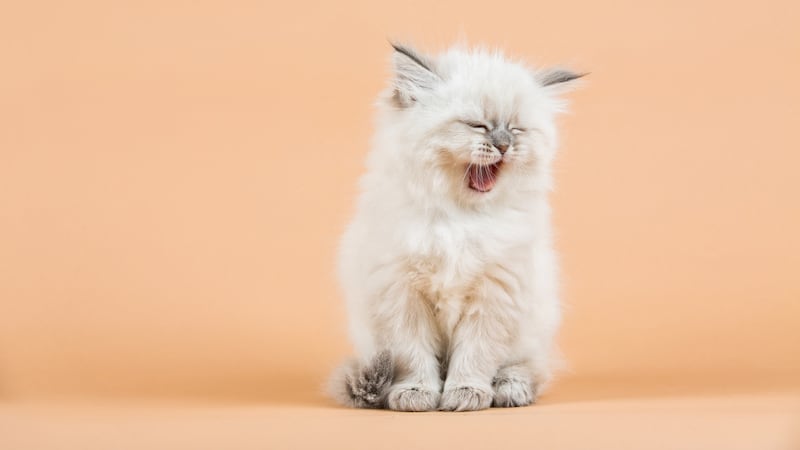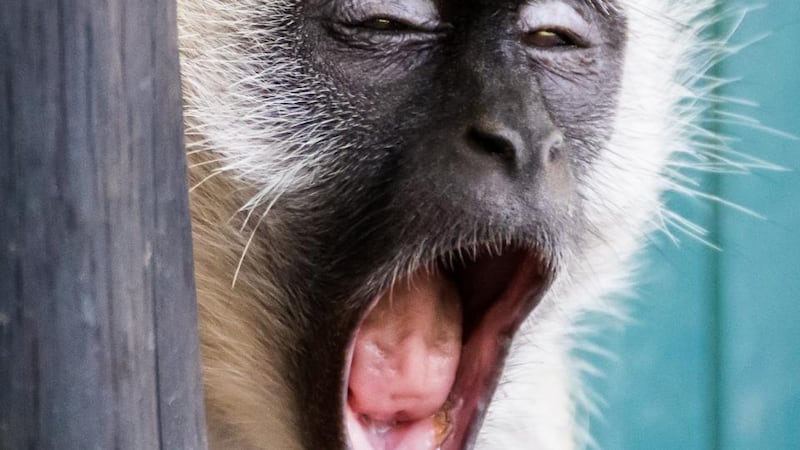One of the most puzzling actions in the shared repertoire of animal and human behaviour is yawning – common to, for example, cats, rats, dogs and cetaceans.
During a yawn, oxygen is taken in; carbon dioxide is released; our metabolic rate increases; and our rib cage expands, all of which enhance the blood flow.
It is typically associated with boredom, but also commonly with tiredness. So, does a prolonged yawn after a sleep enhance our sense of refreshment, or is it mere drowsiness – a reminder that we could have slept longer?
That the 'silent scream' might be involved in alertness seems to be borne out by reports that lions and tigers yawn and stretch before the chase
The notion that yawning promotes brain oxygenation arose in the 18th century. As the Swiss physician Albrecht von Haller (1708-1777) wrote: “Why do we yawn when we feel like sleeping? In order to clear the lungs in which the blood is moving more slowly.”

However, the role of yawning in raising oxygen concentrations was challenged in 1987 when it was reported that the frequency of yawning was unaffected whether high concentrations of oxygen or carbon dioxide were inhaled.
Socially unacceptable
What is the purpose of this socially unacceptable action that has been described as half-way between a reflex and an expressive movement? Research shows how yawning is linked to other behaviours not directly linked to tiredness. One indicator came in 1974, when a Dr Siegal wrote to the New England Journal of Medicine describing how, when his wife had yawned one day, her deep intake of breath allowed her to detect the smell of escaping gas. This implied that a protective mechanism was at work, and subsequent correspondents endorsed this view, claiming that yawning counters hypoventilation.
That the “silent scream” might be involved in alertness seems to be borne out by reports that lions and tigers yawn and stretch before the chase – and over my decades-long experience of cross-country running, yawning continues to be a common indicator of pre-race preparation right up until the bang of the starting gun.
Another possibility is that yawning cools the brain. This was investigated by researchers at the University of Vienna, who, in 2014, reported in the journal Physiology & Behavior that we yawn less often in the winter than in the summer.
They investigated the yawning behaviours of 120 pedestrians recruited on the streets of Vienna (60 during the winter and 60 during the summer). The pedestrians gave details of how they had slept the previous night, and were asked to look at a series of images of people yawning. It was noted how often the pedestrians yawned during the experiment.
Those identified with psychopathic tendencies were less likely to yawn when they viewed the yawning clip
Only 18 per cent of pedestrians yawned during the winter experiment, while 42 per cent yawned during the summer experiment. The researchers suggest that the yawning mechanism has a role in cooling the brain. They speculated that “. . . applications from this research include improved treatment and diagnosis of patients with thermoregulatory problems”.

The French saying that "one good yawner will create seven" suggests that, like the scourge of concert-hall coughing, yawning too is contagious. Writing in Issues in Mental Health Nursing, Dr Jacquelyn H Flaskerud cites evidence to show yawning was induced in 88 per cent of experimental subjects within 30 minutes, and she suggests: "Yawning may be a non-verbal form of communication that helps synchronise the behaviour within groups."
Contagious yawning
It appears that the strength of the social bond can determine the frequency of yawning, occurring most often with family, then friends, and then strangers at a decreasing rate. Flaskerud also highlights research that has explored the nature of the relationship between contagious yawning and the absence of empathy often found among psychopaths.

In research published in the journal Personality and Individual Differences (2015), investigators asked 135 students to complete a questionnaire specifically designed to diagnose psychopathy by identifying traits such as cold-heartedness, egocentricity and callousness. Afterwards, the students were shown videos of people making different facial movements, including yawning.
As expected, those identified with psychopathic tendencies were less likely to yawn when they viewed the yawning clip. The conclusion was that “these data suggest that psychopathic traits may be related to the empathic nature of contagious yawning in our species”.
Finally, and as if to confirm the idea that some gaps in our knowledge of this apparently mundane human behaviour are, well . . . yawning, it's perhaps worth noting that, in 2004, Dr Wolter Seuntjens of Amsterdam's Vrije Universiteit was awarded a PhD for his dissertation entitled: "On Yawning; or, The Hidden Sexuality of the Human Yawn."
Arguing that a yawn could be interpreted as a latent sexual signal, Seuntjens quotes with approval two researchers who “described the feeling that accompanies the acme of yawning as a ‘mini orgasm’”.
True, I’ve always ranked the joy of an unrestrained yawn right up there with the pleasure-laden millisecond that heralds a mammoth sneeze, but it’s never felt that great . . . or is it just me?











